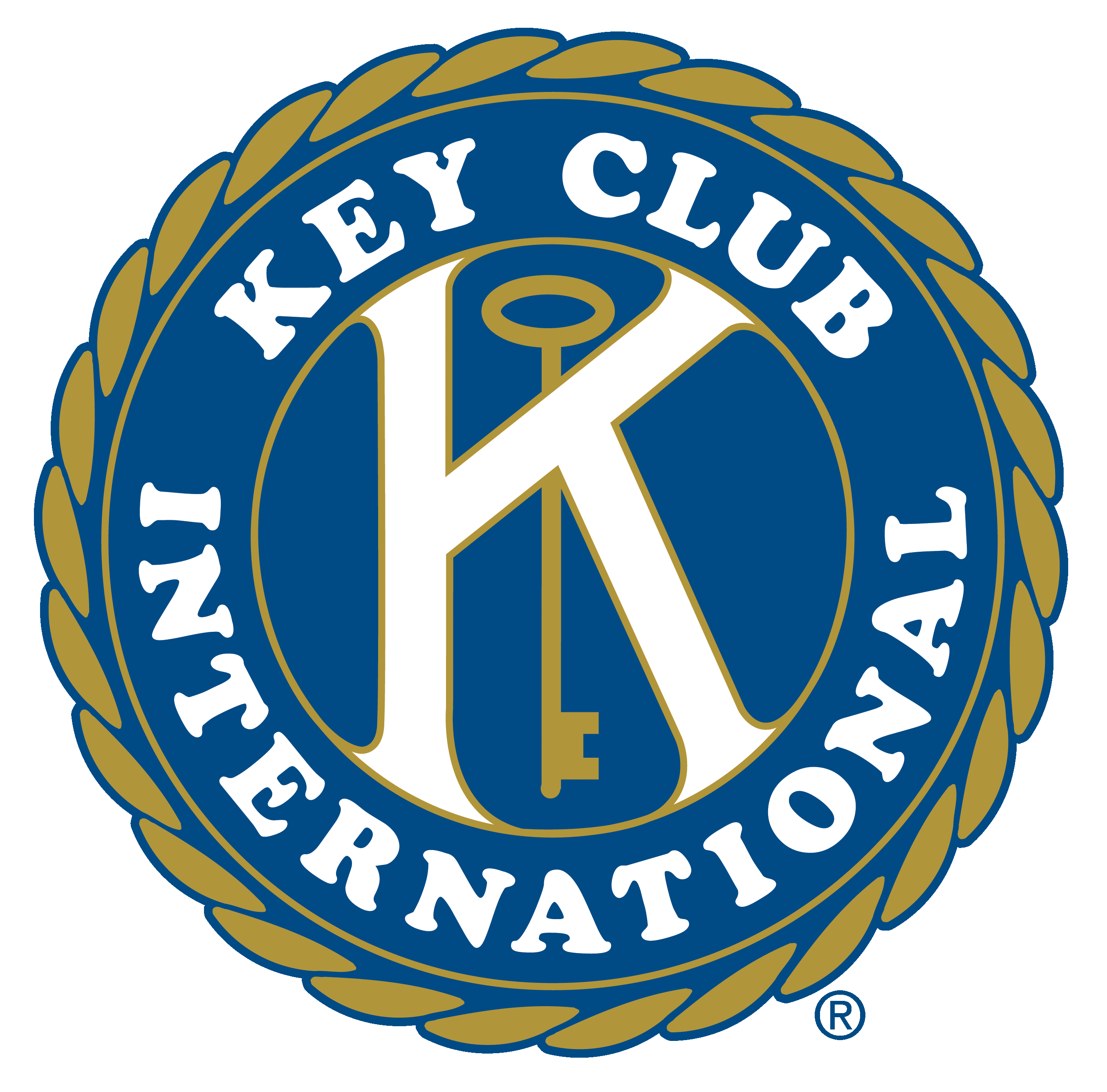top of page

KIPP San Jose Key Club


What is Key Club?
"No, we do not make keys, BUT we do open new doors."
Key Club is the oldest and largest service program for high school students. It is a student-led organization that teaches leadership through service to others. Members of the Kiwanis International family, Key Club members build themselves as they build their schools and communities. Key Club has approximately 260,000 members in approximately 5,000 clubs. Key Club is represented in 37 countries.
Be a part of the experience today
FILL OUT AN ONLINE APPLICATION VIA CONTACT

Mission Statement
Key Club is an international student-led organization which provides its members with opportunities to provide service, build character and develop leadership

Motto
Caring - Our Way of Life 💕

Core Values
Leadership
Character building
Caring
Inclusiveness.

Pledge
I pledge, on my honor,
to uphold the Objects of Key Club International; to build my home, school, and community ;
to serve my nation and God;
and combat all forces which tend to undermine these institutions


After Key Club
Once a key clubber has graduated high school, they can choose to move to the next path of college and Circle K International (College Version of Key Club). The choice of also deciding to be a part of Kiwanis International (an adult version of Key Club), all of these partners of Key Club have the same goals of making a differene in the wold.
The Structure of Key Club

International Level
Key Club International encompasses all clubs within the group’s 33 organized districts and in foreign countries that are not included in any specifi c district. Key Club International is led by its international board, which is comprised of a president, vice president and 11 trustees, all students and active Key Club members.

District Level
A student board of directors provides leadership within each Key Club district. Each district board is comprised of a governor, district secretary,district treasurer (or secretary-treasurer) and district bulletin editor. In addition, districts are divided into divisions and each division is led by alieutenant governor, who also belongs to the district board.

Division Level
Each district is divided into territories called divisions, made up of various clubs. Each division has a lieutenant governor, a student leader who carries out the district’s policies and provides support to the clubs.

Club Level
Each Key Club is led by a student board. The club president, club vice president, club secretary, club treasurer and club bulletin editor comprise the board. In some cases, one or more of these offices may be combined (i.e. secretary-treasurer or secretary-bulletin editor).


Our Good Causes & Preffered Charieties
Through The Eliminate Project, Kiwanis International and UNICEF have joined forces to eliminate maternal and neonatal tetanus—a deadly disease that steals the lives of nearly 49,000 innocent babies and a significant number of women each year.
The mission of our Pediatric Trauma Program (PTP) is to develop local projects which will reduce the number of children in our three-state District who are killed or injured by trauma, ensuring all children live happy, healthy and safe lives.
Thirst project's mission is to end the global water crisis. Why Water? Health and Sanitation: Waterborne diseases kill more children every single year than AIDS, Malaria, and all world violence combined. Small children typically do not have strong enough immune systems to fight diseases like cholera, dysentery, or schistosomiasis.
Since 2003, March of Dimes has fought to save babies, which has been strongly characterized by the Prematurity Campaign. The rising incidence of premature birth has demanded action, and the March of Dimes has responded by initiating an intensive, multi-year campaign to raise awareness and find the causes of prematurity.
Since 1983, Children’s Miracle Network Hospitals has raised more than $5 billion—most of it $1 at a time—for 170 children’s hospitals across the United States and Canada, which, in turn, use the money where it’s needed the most. These donations have gone to support research and training, purchase equipment, and pay for uncompensated care, all to save and improve the lives of as many children as possible.
bottom of page









